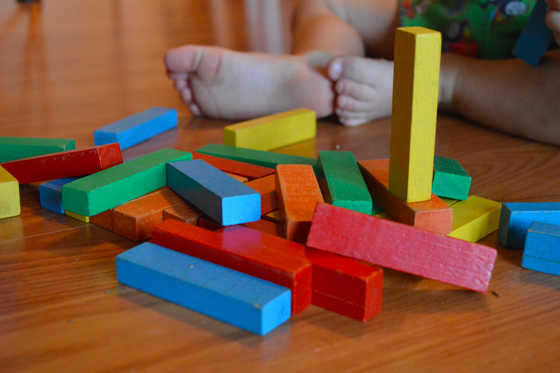Are you struggling to make math exciting and comprehensible for kids? Mathematics is often considered a challenging subject, but it doesn’t have to be! Visual aids have quickly become a game changer in teaching math, and numerous math sites have since been incorporating colorful charts, diagrams, and interactive tools in their lessons. What are visual aids and how important are they in teaching math to kids? Let’s find out!
What Are Visual Aids?
Visual aids are tools that bring math concepts to life. They are visual representations to enhance the ways kids learn and understand lessons. Visual aids are an important tool that helps to propagate Common Core Math standards. The examples of visual aids include:
- Bar graphs and line graphs for data visualization.
- Geometric shapes and models for geometry.
- Number lines and place value charts for understanding numerical relationships.
- Fraction bars and circles for visualizing fractions.
- Manipulatives like base ten blocks and pattern blocks for hands-on exploration.
The Importance of Virtual Aids
The following are some of the reasons of visual aids’ importance in teaching math to kids:
- Making Math Come Alive
Mathematics can sometimes seem abstract and disconnected from the real world, which leaves many children feeling disengaged. However, visual math learning bridges this gap by bringing math to life in a tangible and relatable way. For example, colorful manipulatives like blocks or counters can help children understand the concept of addition and subtraction. This hands-on approach makes math more concrete, exciting, and easier to comprehend.
- Enhancing Comprehension and Retention
Visual aids also serve as tools for enhancing comprehension and retention of math concepts. When children can visualize a problem or concept, it becomes easier for them to understand and remember it. Graphs, charts, and diagrams allow children to see patterns, relationships, and trends, which makes complex concepts more accessible.
- Fostering Critical Thinking and Problem-Solving Skills
Mathematics is not just about solving equations but also about developing critical thinking and problem-solving skills. Learning math with visual aids encourages children to think logically and analytically. For example, puzzles and games that involve shapes and patterns can help kids develop spatial reasoning skills. Visual math learning promotes an active approach to problem-solving, which enables kids to apply their knowledge creatively and solve problems more effectively.
- Catering to Different Learning Styles
Every child has a unique learning style, and visual aids cater to a wide range of learners. Some children are visual learners. This means they understand information better through images, graphs, and illustrations. When you incorporate visual aids into math lessons, you can reach these students more effectively and ensure that they grasp the concepts being taught.
- Boosting Confidence and Motivation
Mathematics can be intimidating for many children. This leads to a lack of confidence and motivation. But visual aids can help alleviate these challenges by providing a supportive learning environment. When children can visually see their progress and understand concepts more easily, their confidence grows, which translates into higher motivation to learn and explore further.
Final Thoughts
Visual aids are invaluable tools in teaching math to kids. In fact, it has proven to be an important learning tool for both adults and kids. The 2017 research showed that people are more likely to recall numbers from TV news with the help of virtual aids. So, your kid is more likely to improve their math skills using visual aids.





























































